Have you ever wondered why your neighbor’s yard seems to be a bustling avian paradise while yours remains eerily quiet? The selective nature of wild birds isn’t random—it’s based on specific environmental factors, resource availability, and habitat preferences that can vary dramatically even between adjacent properties. Birds are naturally drawn to locations that provide optimal conditions for their survival and reproduction, meaning your yard might be missing key elements that would make it attractive to local bird populations. The good news is that with some thoughtful adjustments and an understanding of what drives bird behavior, you can transform your outdoor space into a welcoming haven for a diverse array of feathered visitors.
Understanding Bird Habitat Preferences
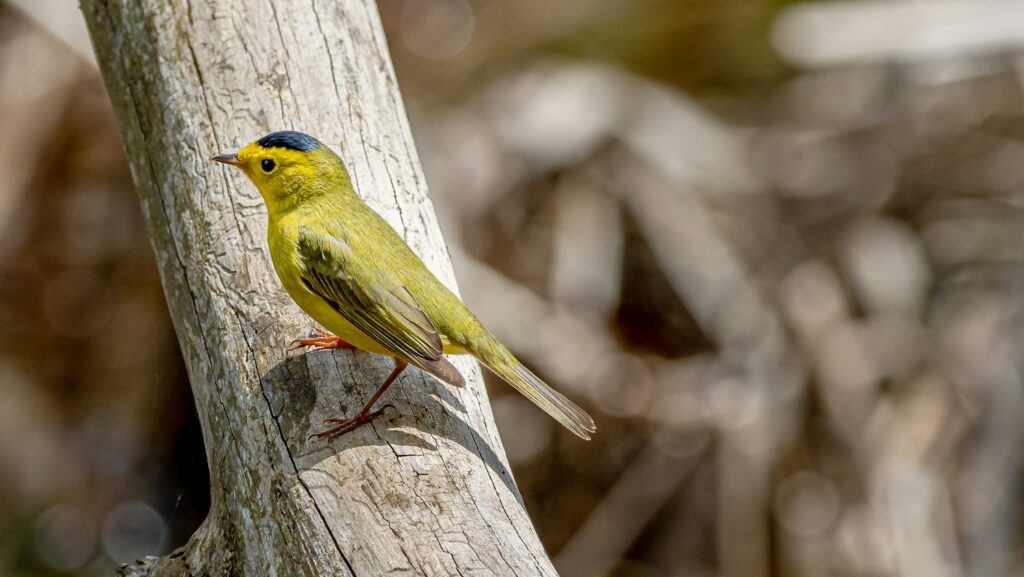
Birds, like all wildlife, are constantly evaluating their environment for resources that support their basic needs: food, water, shelter, and nesting sites. Different species have evolved specific preferences that help them thrive in particular ecological niches, explaining why some yards attract certain species while completely missing others. Chickadees and nuthatches, for instance, prefer yards with mature trees that provide natural foraging opportunities and potential nesting cavities. Understanding these specialized requirements is the first step in creating a bird-friendly landscape that appeals to a wider variety of species. By learning about the native birds in your region and their specific habitat needs, you can make informed decisions about how to enhance your yard’s appeal.
The Food Factor: Quality, Variety, and Consistency
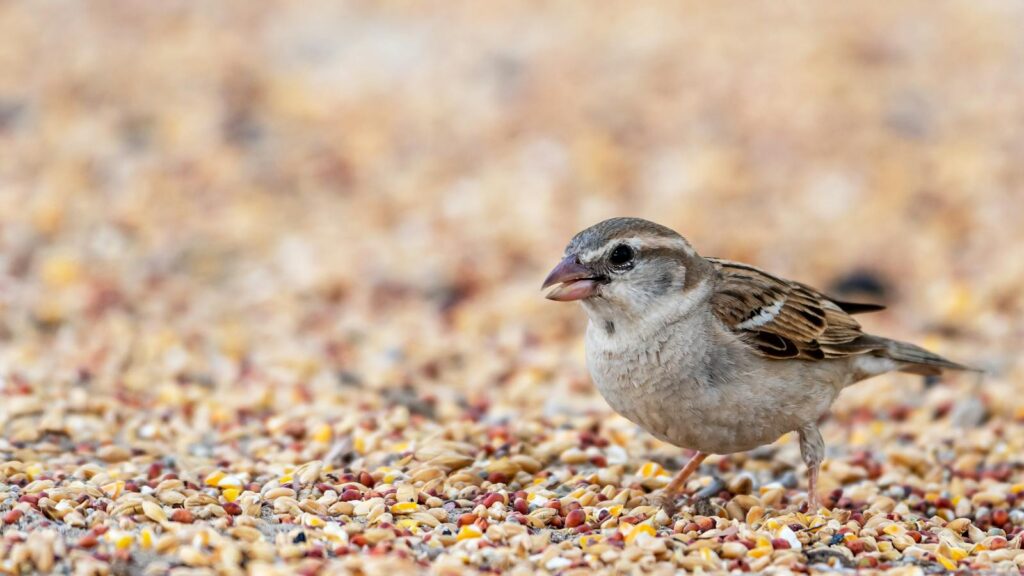
Perhaps the most influential factor in attracting birds is the availability of food sources that match their dietary preferences. Birds with specialized diets, such as insectivores or nectar-feeders, will only frequent yards that provide their preferred nutrition. Many homeowners make the mistake of offering only one type of bird food, typically a standard seed mix, which limits the diversity of species they can attract. Consistent availability is equally important—birds establish regular feeding routes and rely on dependable food sources, especially during challenging seasons like winter or migration periods. Once birds discover that your yard is an unreliable food source, they may permanently remove it from their regular foraging circuit, making it difficult to reestablish your yard as a destination.
Water Features: More Than Just Bird Baths
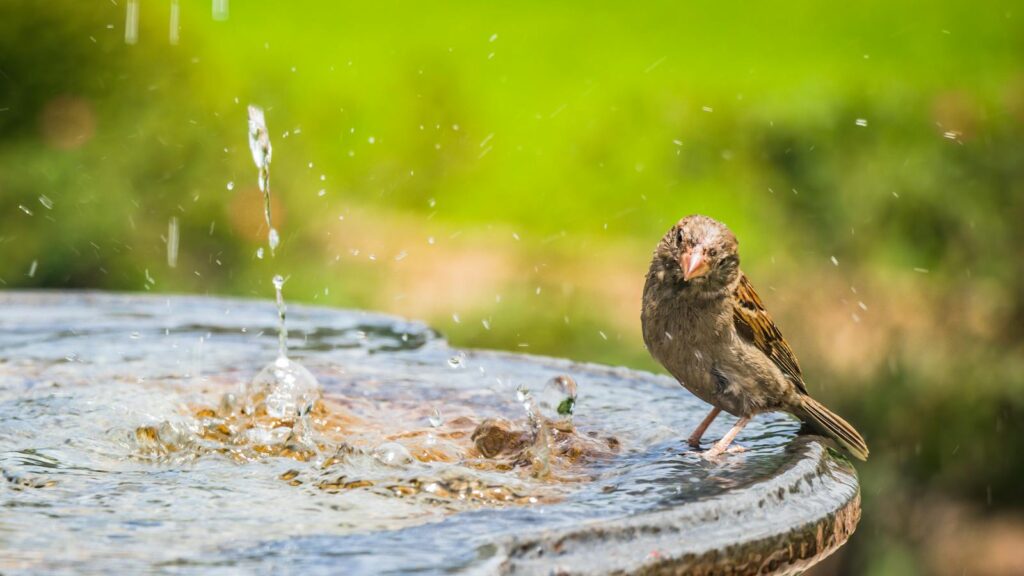
Water is a universal attractant for birds, serving not only for hydration but also for bathing, which is essential for feather maintenance and parasite control. While a basic bird bath is a good start, many yards lack the moving water features that birds find particularly attractive. Birds are naturally drawn to the sound and sight of moving water, which signals freshness and safety. Installing a small pump, fountain, or dripper can dramatically increase a water feature’s appeal by creating the gentle splashing sounds that birds can detect from surprising distances. Additionally, maintaining proper depth (generally no more than 2-3 inches at the deepest point) and regular cleaning schedules ensures that your water feature remains safe and inviting rather than becoming a potential disease vector.
Vegetation Structure: Creating Multi-Layered Habitats
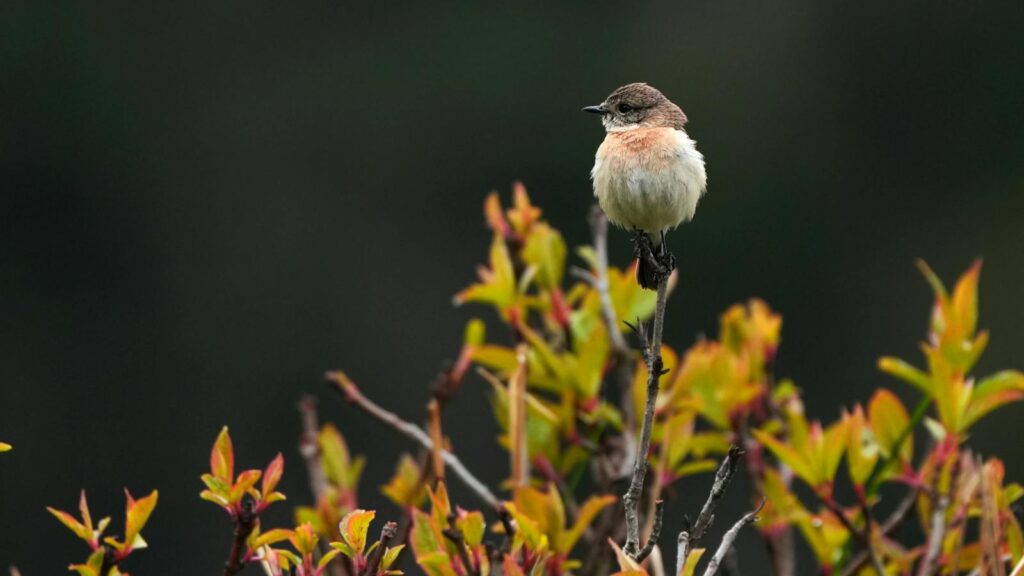
The physical structure of your yard’s vegetation plays a crucial role in determining which bird species will visit. A bird-friendly yard ideally offers multiple vegetation layers: ground cover, shrub layer, understory, and canopy. This multi-dimensional approach accommodates diverse species that specialize in different habitat niches. Ground-feeding birds like towhees and sparrows need brush piles and low vegetation, while warblers and vireos prefer the mid-story layer of smaller trees and tall shrubs. The absence of this stratified structure in many suburban yards creates a “green desert” effect—aesthetically pleasing to humans but lacking the ecological complexity that supports biodiversity. Adding native shrubs of varying heights, allowing some areas to grow slightly wild, and incorporating both deciduous and evergreen plants can dramatically increase your yard’s structural diversity.
Native Plants: The Foundation of Bird-Friendly Landscapes
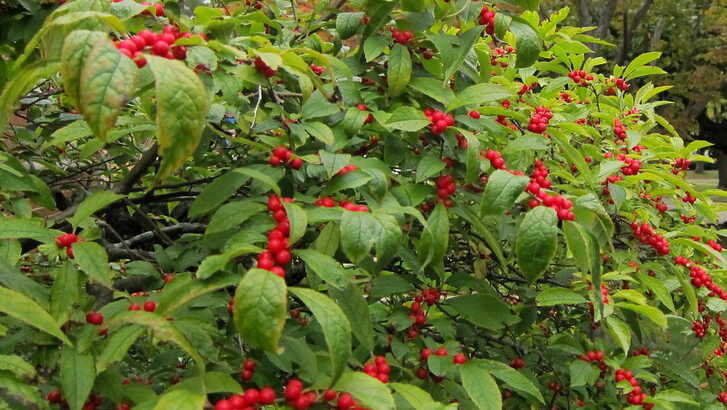
Native plants form the cornerstone of any truly bird-friendly yard, providing resources that non-native ornamentals simply cannot match. These plants have co-evolved with local bird populations, producing fruits, seeds, and nectar at times that align with birds’ natural cycles and nutritional needs. Additionally, native plants support significantly higher populations of native insects—a critical food source for most breeding birds and their offspring. Research has shown that yards dominated by non-native plants support up to 29 times fewer caterpillars, dramatically reducing the property’s value to insectivorous birds and nesting parents. Converting even a portion of your landscape to region-appropriate native species can create a biological oasis that naturally draws birds throughout the seasons.
Safety and Refuge: Protection from Predators
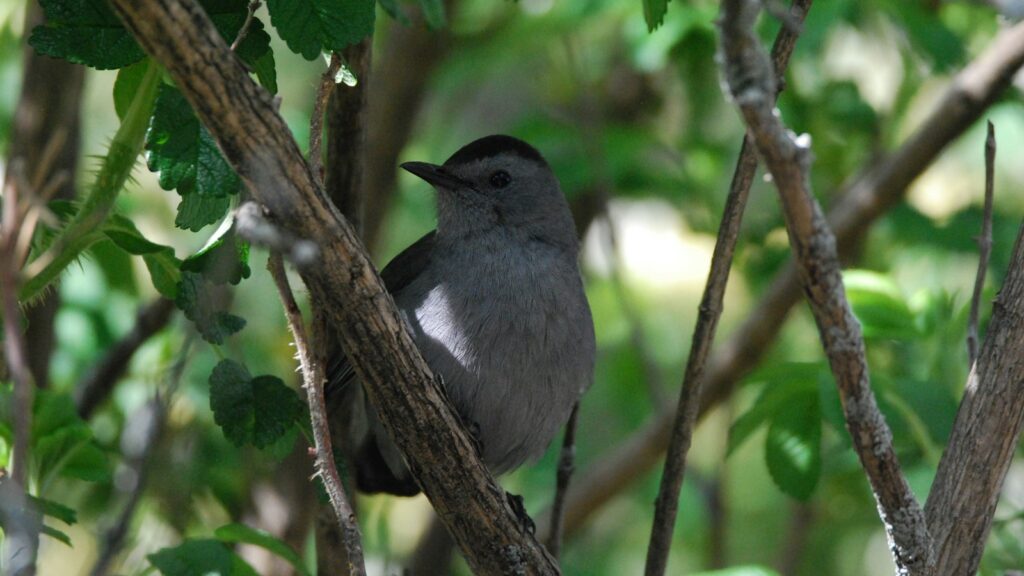
Birds are constantly vigilant against potential threats, and yards that lack adequate protective cover often remain unvisited regardless of available food. Dense shrubs, coniferous trees, and brush piles provide crucial escape routes and hiding places that make birds feel secure enough to visit feeders or forage naturally. This safety factor explains why feeders placed in open, exposed areas often see limited activity despite being filled with high-quality food. The proximity of feeders and other resources to protective cover is particularly important—ideally, feeding stations should be placed about 10-12 feet from dense shrubs or trees, close enough for quick escape but far enough to prevent ambush predators from using the cover as a hunting blind. Creating these “security zones” throughout your yard can dramatically increase birds’ comfort level and visitation frequency.
Chemical-Free Gardening: Protecting the Food Web
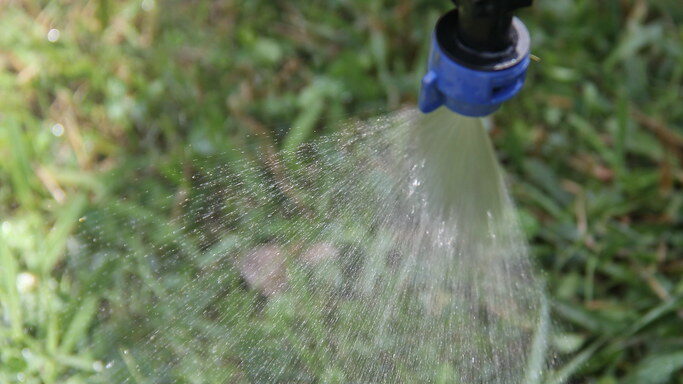
The use of pesticides, herbicides, and other lawn chemicals creates invisible barriers that deter birds from visiting affected properties. These substances eliminate insect populations that form the foundation of many birds’ diets and can cause direct harm through bioaccumulation in the food chain. Even products marketed as “bird-friendly” can disrupt the delicate ecological balance that supports avian visitors. Transitioning to organic gardening methods not only protects birds from harmful chemical exposure but also promotes healthier soil ecology that supports more robust plant growth and higher insect diversity. This holistic approach may require more patience as natural systems establish themselves, but the resulting biological richness creates a genuinely attractive environment for a wide variety of bird species.
Nesting Opportunities: Beyond Bird Houses
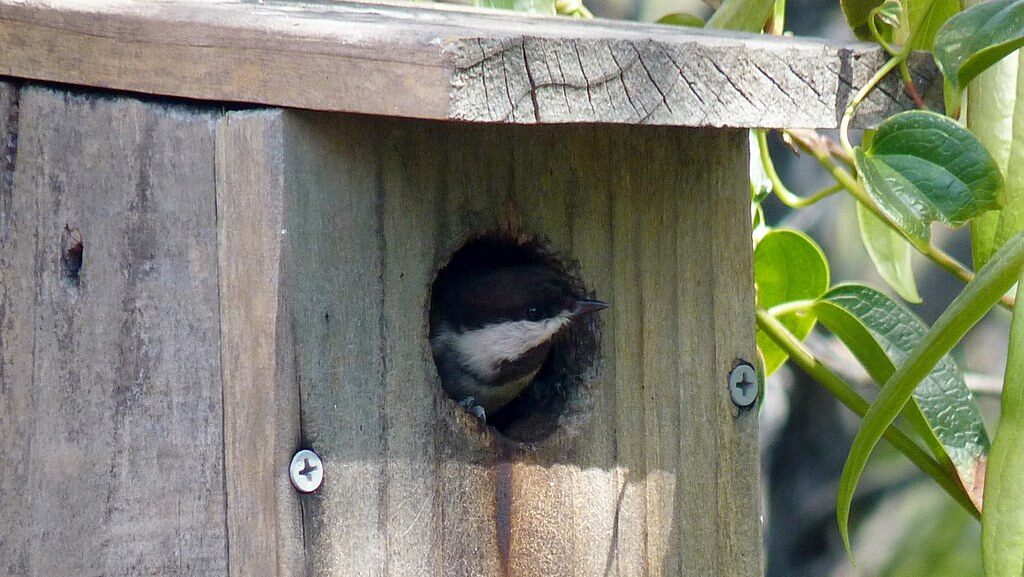
During breeding season, birds select territories based largely on the availability of suitable nesting sites that match their species-specific requirements. While bird houses can attract cavity-nesting species like chickadees, wrens, and bluebirds, they serve only a small percentage of potential avian visitors. Many birds nest in shrubs, trees, or even on the ground, requiring varied vegetation types and structures to meet their needs. Leaving some areas of your yard slightly unmaintained—such as allowing leaf litter to accumulate in certain beds or preserving dead tree limbs where safe to do so—provides natural nesting materials and locations. Additionally, some species have highly specific nesting requirements; for example, hummingbirds often use soft plant fibers and spider silk, while orioles may seek long plant fibers for their hanging nests.
Seasonal Considerations: Creating Year-Round Appeal
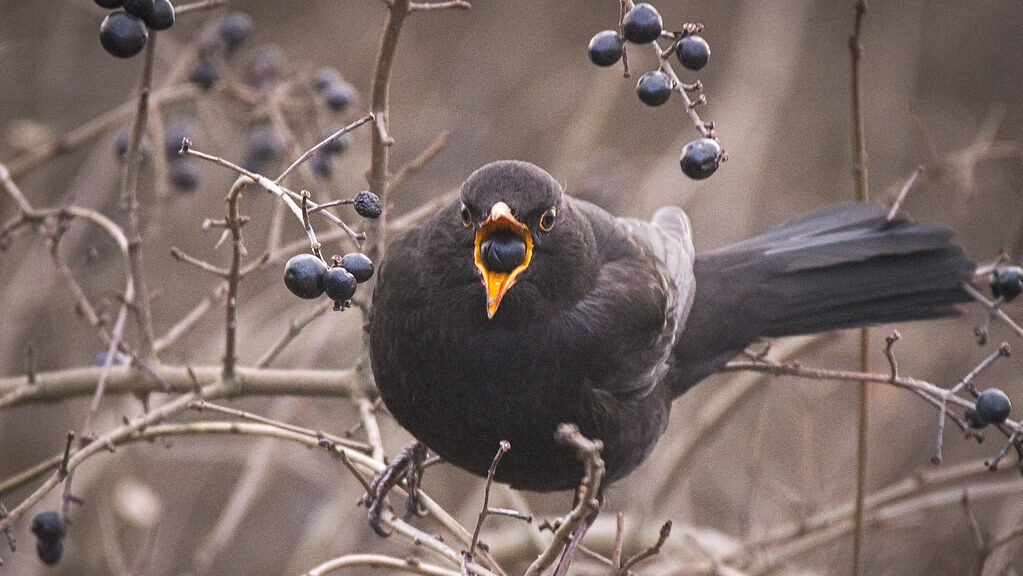
Many homeowners make the mistake of focusing their bird-attraction efforts on a single season, typically spring and summer, while neglecting the unique requirements of year-round bird support. Different seasons bring different bird populations and changing resource needs that your yard should accommodate. Fall migrants may seek high-energy fruits and seeds to fuel their journeys, while winter residents need reliable food sources and dense evergreen shelter during harsh weather. Planning your landscape to provide resources throughout the year—early-blooming native plants for spring migrants, summer seed producers, fall fruit-bearers, and winter shelter plants—creates a continuous cycle of attraction. This seasonal approach not only increases your yard’s biodiversity but also provides the satisfaction of observing different species as they move through their annual cycles.
Neighborhood Context: The Larger Habitat Mosaic
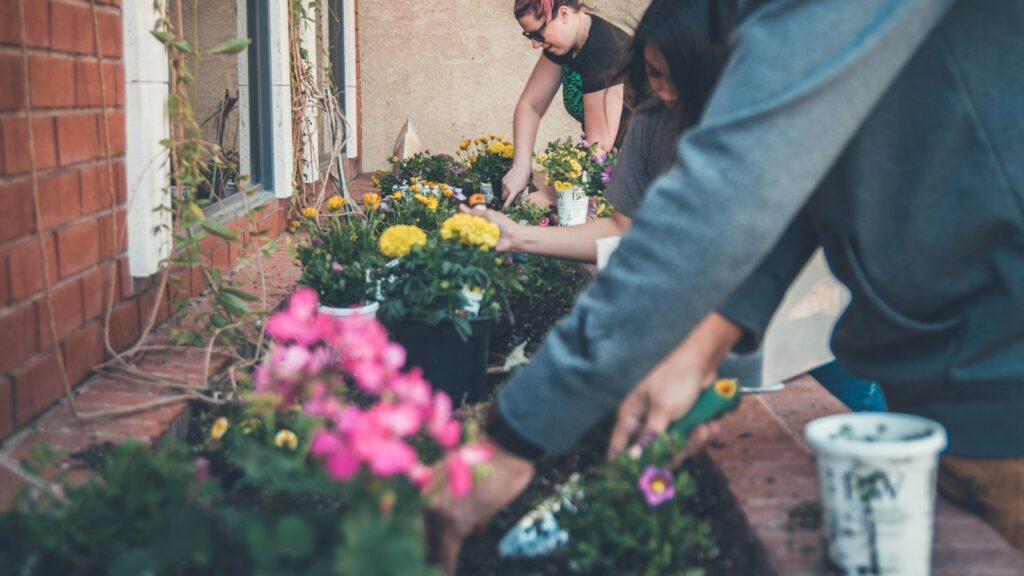
Your yard doesn’t exist in isolation but as part of a larger habitat mosaic that influences which birds might potentially visit your property. Birds often follow “green corridors” through neighborhoods, moving along routes that connect larger habitat patches like parks, preserves, or riparian areas. Properties located farther from these natural features may need to work harder to attract birds by creating more complete habitat offerings. Understanding your yard’s position within this larger landscape context can help you make strategic decisions about which features to prioritize. Additionally, collaborating with neighbors to create complementary bird-friendly spaces can amplify the effectiveness of individual efforts, creating habitat clusters that are more attractive and ecologically valuable than isolated yards.
Patience and Persistence: Building Bird Awareness

Transforming your yard into a bird magnet requires both patience and persistence, as birds need time to discover and incorporate new resources into their established patterns. Unlike feeders, which can sometimes attract birds within days, habitat enhancements like native plantings may take seasons or even years to reach their full potential as bird attractants. This gradual process occurs as plants mature, insects colonize, and birds slowly adjust their territories and foraging routes to include your property. Keeping consistent records of bird sightings can help you track progress and identify which enhancements are proving most effective in your specific location. Remember that each new species that discovers your yard potentially leads others there through their movements and social interactions.
Troubleshooting Common Problems
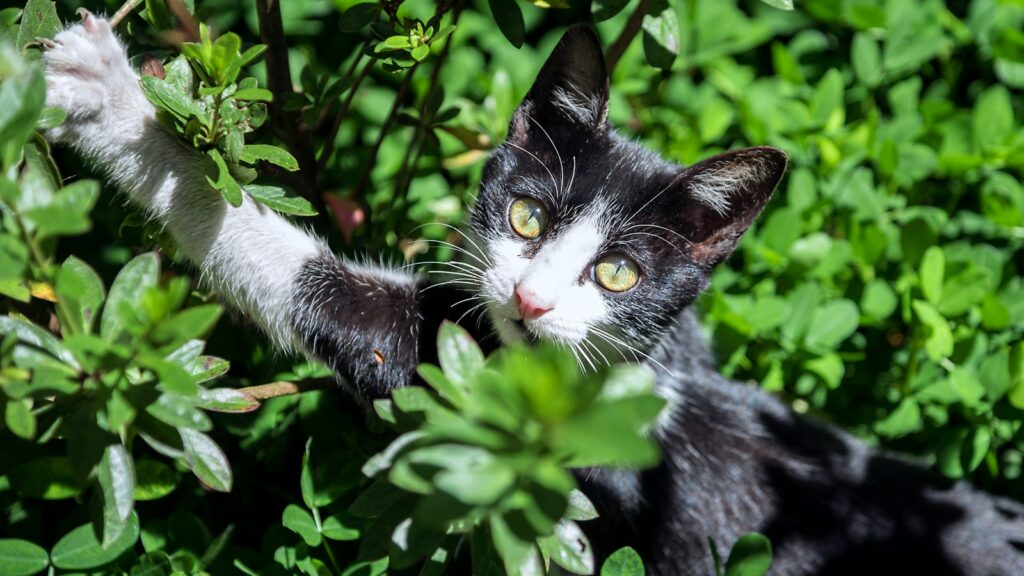
Even well-designed bird-friendly yards sometimes face challenges that limit their success in attracting diverse species. Common problems include dominant birds monopolizing resources, predator pressures from outdoor cats or hawks, and competition from less desirable species like European Starlings or House Sparrows. Addressing these issues requires targeted strategies rather than abandoning your efforts. For resource monopolization, installing multiple feeding and watering stations spaced throughout your property can reduce competition. Predator issues might necessitate relocating feeders to provide better visibility and escape routes, while invasive bird problems might require specialized feeders that exclude larger species. Regular evaluation and adjustment of your approach based on observed bird behavior will help you overcome these common obstacles.
Celebrating Success: Connecting with Your Avian Visitors
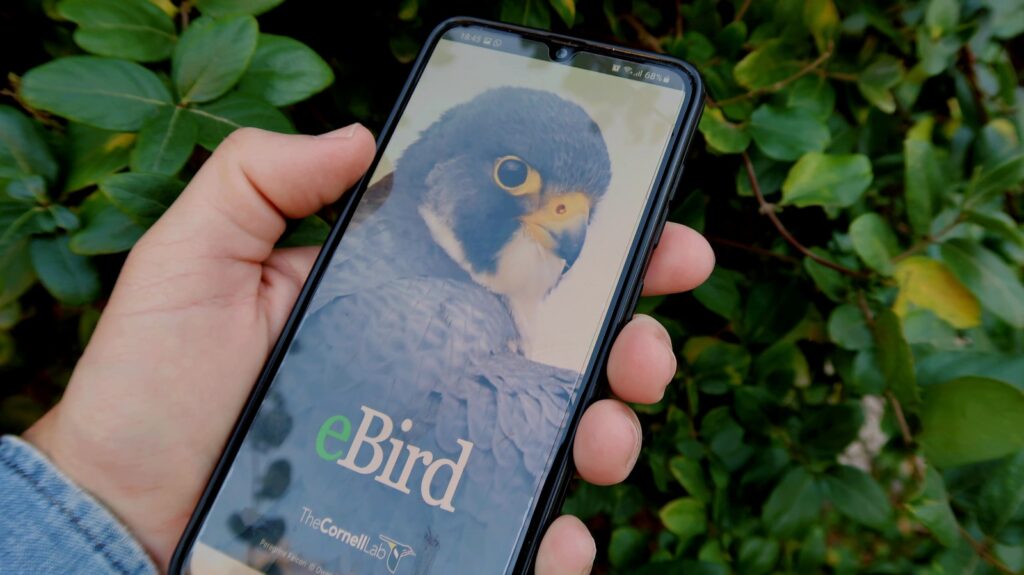
As your yard becomes more attractive to birds, taking time to observe and connect with your new visitors enhances the experience beyond mere numbers of species. Learning to identify birds by sight and sound deepens your understanding of their behavior and needs, creating a feedback loop that helps you make even more effective habitat improvements. Keeping a yard list builds a personal connection to your local ecosystem while contributing valuable citizen science data through platforms like eBird or Project FeederWatch. This growing relationship with your backyard birds often inspires further conservation efforts and a deeper appreciation for the complex ecological relationships that sustain biodiversity. The transformation of your yard becomes not just a project but an ongoing conversation with the natural world.
Conclusion
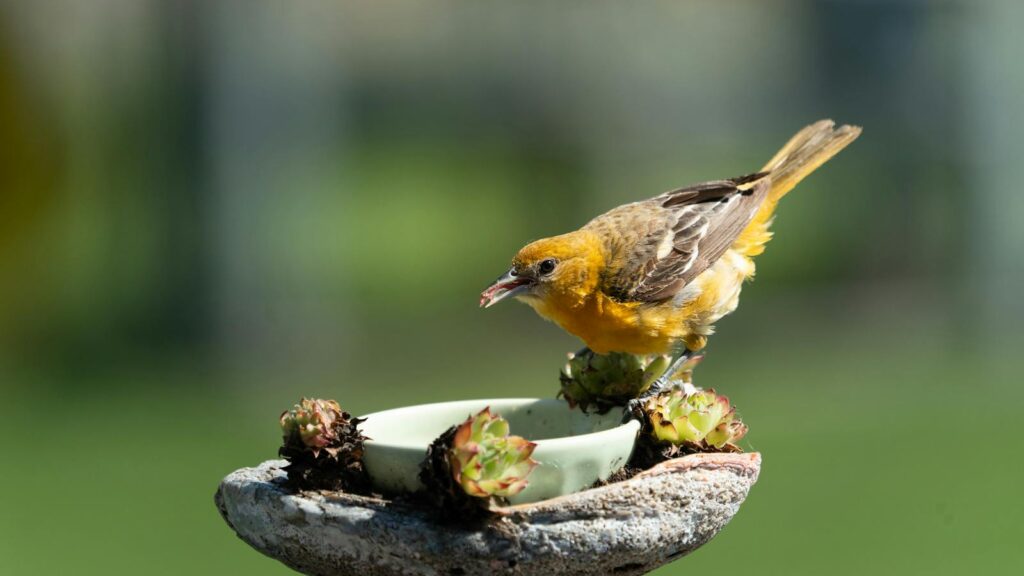
Creating a bird-friendly yard is both an art and a science, requiring thoughtful design choices based on an understanding of avian ecology. By addressing the fundamental needs of diverse bird species through appropriate food sources, water features, native plantings, and structural diversity, you can transform even the most bird-barren property into a welcoming habitat. Remember that this process takes time, with results often building gradually as birds discover and incorporate your yard into their territories and migration routes. The reward for your patience and effort is not just the joy of increased bird activity but also the satisfaction of creating a small but meaningful contribution to conservation in an increasingly urbanized world.
